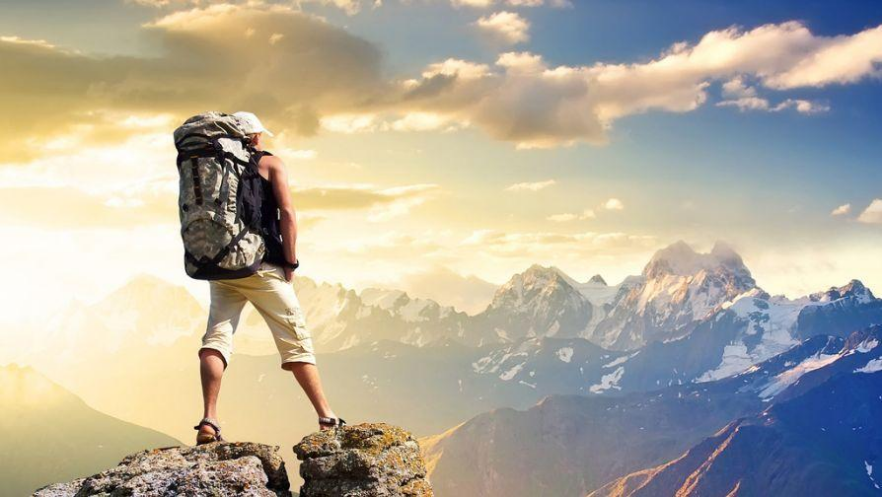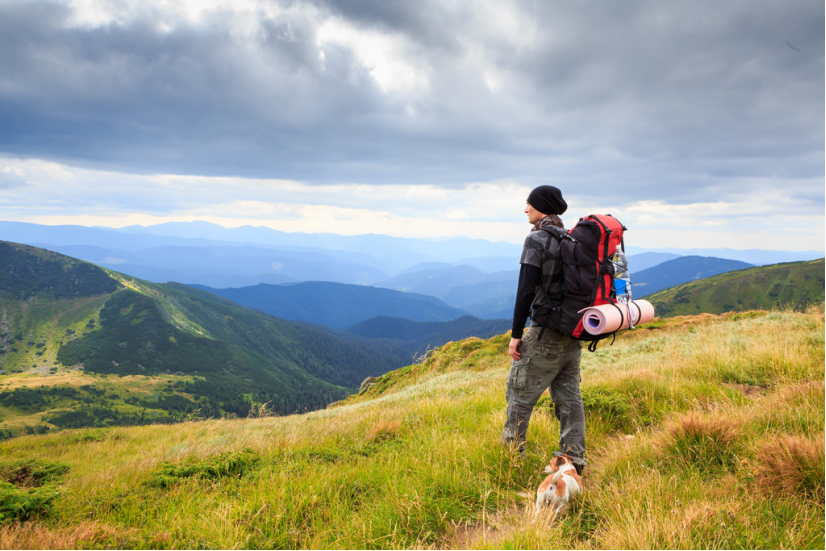In the mountains and other natural environments, there are various complex risk factors, which may cause threats and injuries to climbers at any time, leading to various mountain disasters. Let us take preventive measures together! Most outdoor sports enthusiasts lack experience and lack of foresight of various risks; some people can foresee risks, but are overconfident and underestimate difficulties; some lack team spirit, do not follow the advice of the team leader, and prefer to do their own things. All of these may become hidden dangers of accidents.
1. High altitude sickness
The standard atmospheric pressure at sea level is 760 millimeters of mercury, and the oxygen content in the air is about 21%. Usually, the altitude is higher than 3000 meters, which is a high altitude area. Most people begin to have altitude sickness at this altitude. Therefore, the daily ascent height should be controlled, and the daily ascent height should be controlled to about 700 meters as much as possible. Second, keep the itinerary reasonable, and don’t get overly tired. Third, drink plenty of water and eat a balanced diet. Fourth, we must maintain adequate sleep.
2.Leave the team
In the wild, it is very dangerous to leave the team. In order to avoid this situation, discipline should be emphasized repeatedly before departure; a deputy team leader should be arranged to postpone.
When individual team members leave the team temporarily due to physical decline or other reasons (such as going to the toilet in the middle of the road), they should immediately notify the previous team to rest before stopping, and arrange for someone to accompany the individual team member. No matter what the situation, there must be more than two people. Action, it is strictly forbidden to act alone.
3. Lost
In the wild environment off the beaten track. Especially in the woods where shrubs grow or where there are large rocks, it is easy to get lost unknowingly because you can’t see the footprints clearly. Sometimes you may get lost in the rain, fog or evening due to the lack of visibility.
When you get lost, you should never panic and walk around, as this will only make you even more disoriented. First of all, it must be quiet. rest for a bit. Then, try to find the place you have confidence in. Mark up along the way. And record the location of these marks on the notebook.
4. Swamp
The topography of the swamp is mainly formed by siltation. The merging line formed by the two slopes of the ridge takes the opportunity to flow down the collected rainwater into the reservoir after a relatively long distance. The rainwater washes down the soil and fine sand, and the rainwater flows when it enters the reservoir. Went into the reservoir, but the silt-down mud remained, forming a quagmire—a swamp.
When crossing the river in the gully beside the reservoir or the riverbed, you must carefully observe the terrain and choose a suitable solid section to cross the river. If you can go around, don’t take risks. Before crossing the river, prepare the ropes and operate in accordance with the tactics of collective crossing the river in the wild.
5. Loss of temperature
The core body temperature of the human body is 36.5-37 degrees, and the surface of the hands and feet is 35 degrees. The general causes of hypothermia include cold and damp clothing, cold wind on the body, hunger, fatigue, and old age and infirmity. When encountering loss of temperature. First, maintain physical strength, stop activities or camp urgently, and continue to eat high-calorie foods. Second, get out of the harsh environment of low temperature, take off cold and wet clothes in time, and replace warm and warm clothes. Third, prevent continued hypothermia, help regain body temperature, and eat hot sugar water. Fourth, stay awake, give digestion hot food, lie on your back and throw a thermos into your sleeping bag or conduct the rescuer’s body temperature.
Post time: Jul-13-2021



